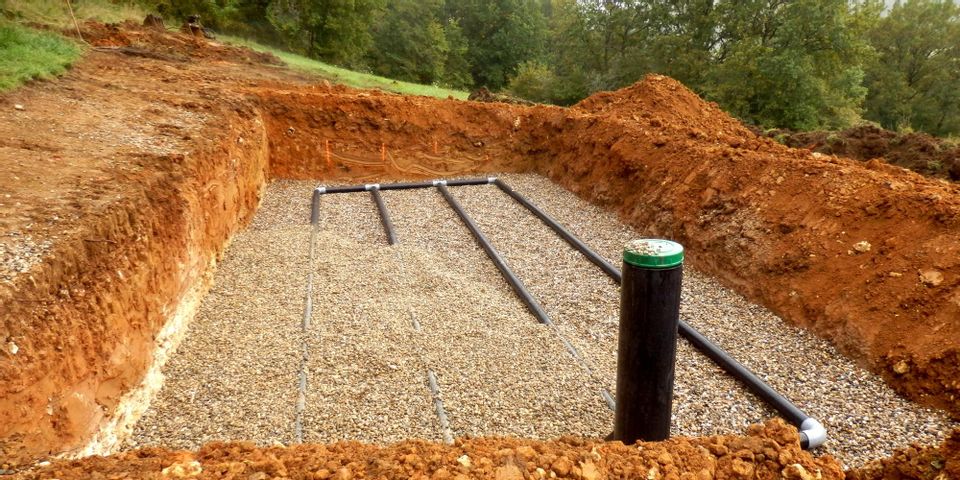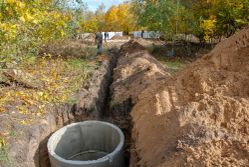
The drain field is essential to the efficiency of your septic system. If you notice backed-up sewage in the house, wet spots in the yard, or drainage problems when it rains, you could be dealing with a failing field. Here are a few reasons this component may not be working optimally.
Why Isn’t the Drain Field Working?
1. Changing Environmental Conditions
Drain fields are designed based on the amount of wastewater expected to pass through the system, as well as the condition of the surrounding soil. However, these factors can change over time, which will impact the effectiveness of your drainage.
Shifting soils can offset your piping, and new plant growth can enter the water channels, leading to obstructions and backups. Modifications to the house or surrounding area can also cause the field to fail.
2. Heavy Equipment on the Field

It’s important to keep the drain field clear of any items that might be too heavy for it. Vehicles and structures could compress the soil underneath, leading to constricted pipes and damaged drainage paths.
Keep the component in working order by being aware of its location and removing machinery or other items from the area.
3. Oversaturation
When too much water enters the septic system, the drain field can get flooded. This can happen if your septic usage increases suddenly, such as during parties or when running multiple water-based appliances at the same time. Dripping faucets and faulty water softeners can also cause oversaturation in the leach field.
If you think you have a drain field problem, don’t risk waiting around. The professionals at Sanitrol Septic Services have over 30 years of experience performing septic system repairs and maintenance in North Branford, CT. They can help you figure out what’s wrong and how to prevent problems in the future. Call (203) 315-3202 or visit them online for a free estimate.
About the Business
(5 reviews)
Have a question? Ask the experts!
Send your question
